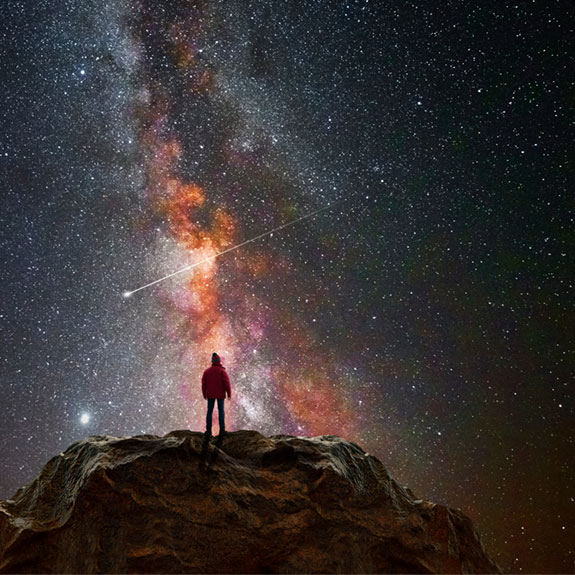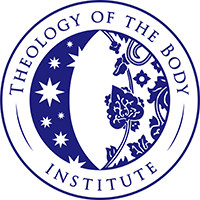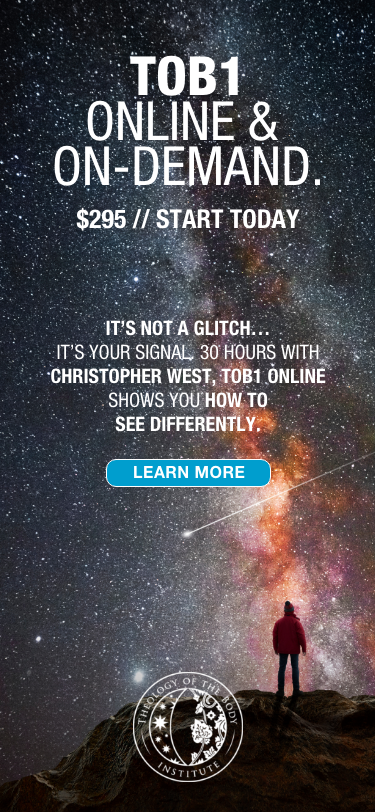

It’s Not a Glitch
It’s Not a Glitch

There are moments when life seems to settle into a gentle kind of rhythm. The house is quiet. The dishes are done. The light outside is golden and soft, like a promise you don’t quite know how to interpret. You breathe, and for a second it all feels right. And yet, just beneath the stillness, something stirs.
It isn’t loud. It isn’t urgent. It’s more like a hum beneath the floorboards of your life. It arrives in beauty, in a line of music that leaves you motionless, or a morning sky that somehow opens you. It touches something too deep for words. It unsettles, not because it’s painful, but because it makes you aware of something missing. It doesn’t shout. It aches.
We don’t often talk about this ache. Modern life doesn’t really make room for it. We’re taught to move on, to keep scrolling, to manage the hours and optimize the tasks. Stillness, let alone ache, feels like a liability in a world that rewards speed and spectacle. But the ache has a different rhythm. It waits. It lingers. It doesn’t beg for attention—it already has it, quietly, persistently.
“Beauty is abundantly, superabundantly, distributed throughout the visible world. But indeed, in this dispersion of beauty, no beauty is beautiful in an absolute sense. God alone is absolute beauty”
— Karol Wojtyla, God Is Beauty: A Retreat on the Gospel and Art
The ache is not confined to beauty. It often reveals itself in hardship—through seasons of uncertainty, loss, or loneliness. It surfaces in the long obedience of parenting. In the ache of unanswered prayers. In the quiet agony of suffering that seems to make no sense. Even here—especially here—the ache refuses to be numbed. It persists not as despair, but as a deeper longing for what is true, good, and eternal. The ache we feel in our perseverance is the ache of hope holding on.
The ache isn’t diminished by joy. In fact, joy sharpens it. We can be surrounded by goodness—friendship, laughter, purpose—and still feel the ache beneath it all. That doesn’t make the joy false. It makes it holy. Because even joy can’t fulfill what joy points toward.
This is what makes the ache sacred. Not because it feels good, but because it tells the truth. It keeps us honest about the distance between what is and what could be. And it beckons us to walk that distance, not with shame, but with hope.
“Right there—in the thirst for infinite beauty—we’ve stumbled upon the very essence of what makes a human being unique among all the creatures of the world”
— Christopher West, Eating the Sunrise
The ache, then, is not a wall—it’s a window. It is where heaven leans close. It’s where eternity touches time. And if we can learn to listen, to stay in the ache without fleeing to distraction, we might just discover that the ache is not the absence of God, but the very echo of His voice.
This is why beauty leaves us undone. Because beauty refuses to explain itself. Because it doesn’t tie up its loose ends. Because it opens something in us we can’t control—and don’t want to. A painting, a cathedral, the face of a child—these things are not meant to satisfy. They are meant to awaken. They are signs. And signs, by nature, point beyond themselves.
“They want to open my eyes and my heart to the lasting Beauty signified by their fleeting beauty, and give me a little taste of it even here and now.”
— Christopher West, Eating the Sunrise
We cry during music. We linger at the horizon. We go quiet during Mass. Not because we are overwhelmed by emotion, but because something inside us has been touched by something real. And yet, that very touch reminds us that we have not yet arrived. The fulfillment we seek is still ahead.
This is the tension of the human experience: we are not broken—we are becoming. And becoming hurts. It stretches. It exposes. It requires that we drop the illusion of control and walk, step by step, with the ache as our companion.
There is no shortcut through this. No content or course or book can bypass it. The ache is not something to master. It is something to meet. It is the first honesty. The place where pretense dissolves and presence begins. And presence, as every mystic knows, is the ground of transformation.
This transformation doesn’t come through effort alone. It is not achieved through technique. It unfolds through grace. And grace so often begins not in our strength, but in our longing.
The ache, then, is not separate from prayer—it is the seed of prayer. Not always in words, but in the cry of the heart that waits and watches and wonders if there’s more.
So perhaps the ache isn’t an obstacle to peace. Perhaps it is the birthplace of peace. Not comfort. Not ease. But peace—the kind that holds sorrow and joy in the same breath, the kind that knows the story isn’t over yet.
If you’re reading this and feeling something stir, don’t rush to explain it. Don’t scroll past it. Let it stay. Let it ache. That ache might just be the most honest thing in your life right now. And maybe it’s not asking to be fixed. Maybe it’s not a glitch. Maybe it’s asking to be followed.
Because the ache is not the end of your peace. It’s the beginning of your becoming.
Maybe it was always meant to bring you home.



